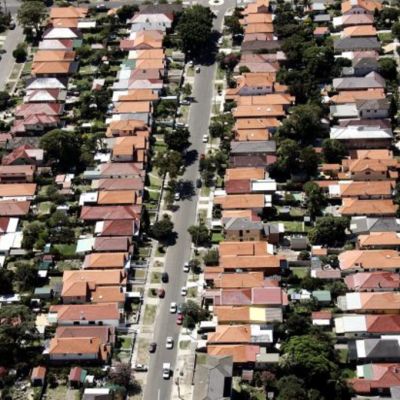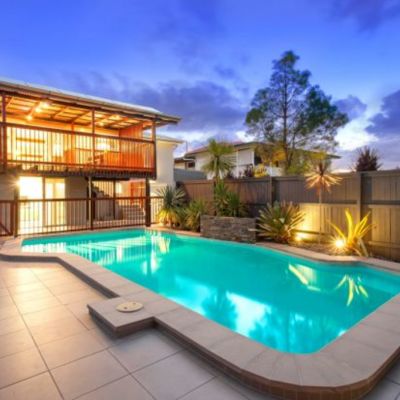The great housing affordability crisis? It's 'horse s---', says property analyst

Australia’s great housing affordability crisis is nothing but “horseshit”, according to a property analyst.
Speaking at an industry lunch in Brisbane on Wednesday, Propertyology managing director Simon Pressley told the audience how inaccurate the constant hype around the affordability crisis was, arguing the whole debate focuses only on Sydney and completely ignored the rest of the country.
“Let’s be honest, the housing affordability ‘crisis’ is Sydney-centric. Sydney has issues, there’s no denying that – but that’s nothing new. It’s been the most expensive city in the country for the last five or six decades,” he says.
“The majority of Australia remains affordable to property buyers. Fifty-six per cent of local government areas throughout Australia have median house prices of $400,000 or below.
“The problem with all these policies and proposals that get bandied about looking to cure the housing affordability “crisis” is this: it doesn’t apply to most of the country.
“We need to look outside of Sydney and have a conversation about the rest of Australia. [We] buy affordable properties under $500,000 in locations over Australia every day, including houses for $350,000 to $400,000 in capitals such as Brisbane and Hobart, as well as in vibrant regional cities with thriving economies.”
Mr Pressley says he was noticing a trend among some young buyers who are “rentvesting”, where they invest in another location – one which they can afford – and continue renting where they actually want to live.
Two young women who have done just that are Sarah Collison, a 31-year-old Sydney biologist, and Sam Douglas, a 25-year-old client liaison coordinator from Brisbane.
Ms Collison owns two properties in regional towns but rents in a Sydney suburb close to her job; her two properties pay for themselves and she still has money left over to save.
“It takes hard work and discipline but I wouldn’t say I’m deprived,” she says. “I think a lot of young people in Sydney look at the house prices and give up before they even get started.
“By looking at housing outside of Sydney, I’m able to pay my rent, still save money and the houses I have are increasing in value.”
Ms Douglas, along with her partner, also owns two properties in regional centres and is looking at buying her third within the next year. The couple originally looked at buying in Wavell Heights, where they lived, but simply couldn’t afford the $700,000 to $800,000 price tag.
“This way we still get to live where we want but we’re growing our money through property,” she says.
“I still go out and have smashed avocado on toast every weekend; I absolutely love it.”
Mr Pressley says Ms Douglas and Ms Collison are cases in point of young Australians cutting through the “horseshit” and taking responsibility for their futures. He says wannabe property owners striving to “afford” to buy in Sydney should be careful what they wish for.
“While we encourage all Australians to work on getting a foothold in the property market, does one really want to saddle themselves to an $800,000 mortgage for a $1 million property at the top of growth cycle and interest rates likely to trend north?” he says.
To address housing affordability concerns in our biggest capital cities, Pressley suggests scrapping stamp duty on all properties for anyone relocating from an expensive city to a more affordable one and encouraging baby boomers via incentives to relocate from expensive cities to affordable cities.
He also suggests marketing campaigns promoting the liveability of regional areas. “Plenty of Sydney or Melbourne residents have an image in their head of ‘regional Australia’, which includes dusty mines, a remote farm area with no amenities, and no jobs. Their perception is not the reality – we know because we are buying property in some of these locations,” he says.
We recommend
We thought you might like
States
Capital Cities
Capital Cities - Rentals
Popular Areas
Allhomes
More










